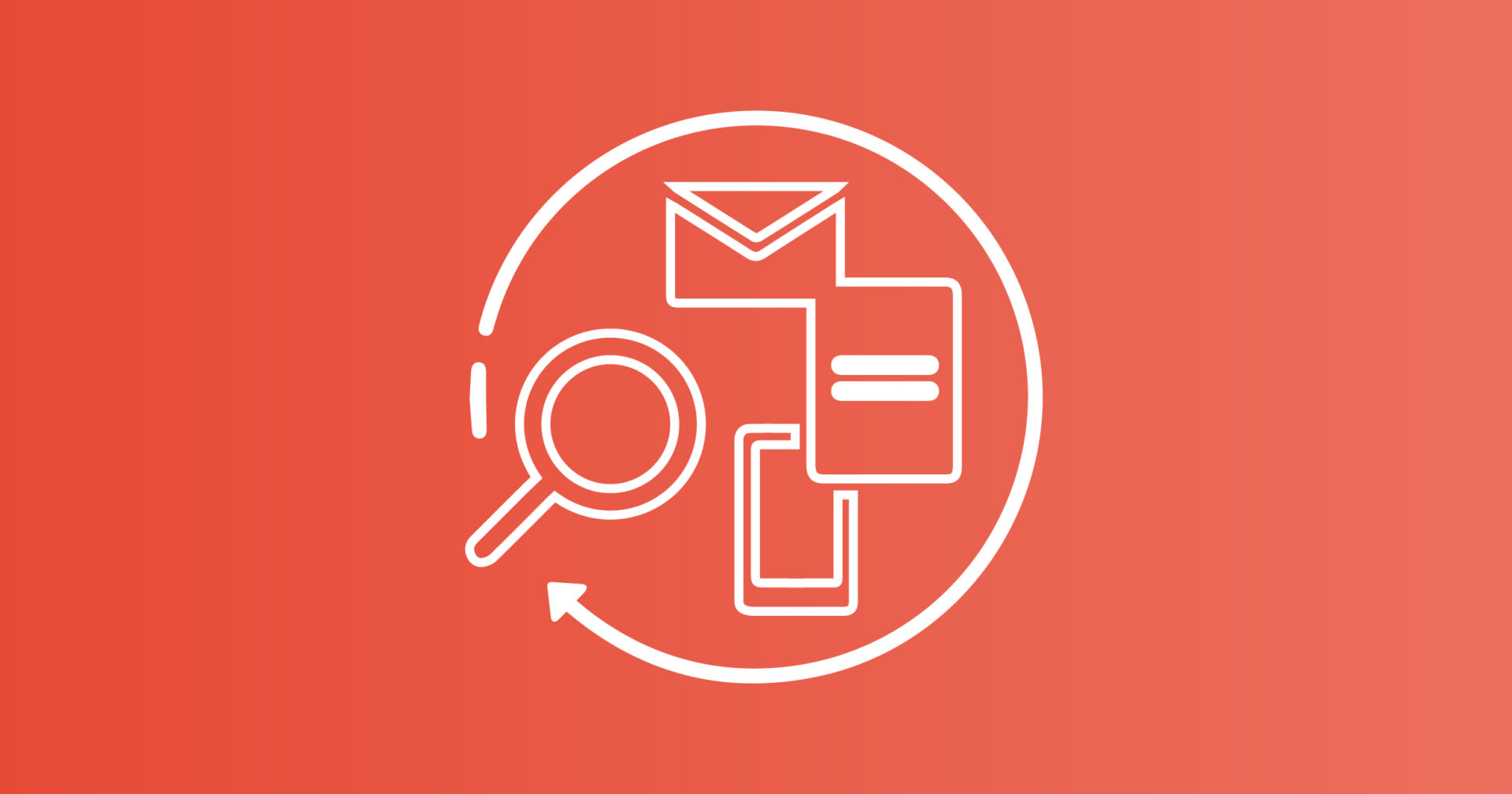Artificial intelligence (AI) is all over the news. Ever since the arrival of ChatGPT and AI art like Journey, everyone is asking one of two questions:
- Will I be replaced by AI?
- How can I use AI to get an edge?
Human sales reps won’t be replaced by AI anytime soon. AI can’t compete with humans when it comes to making phone calls, giving presentations, or providing a personal, confidence-inspiring sales experience. At least not yet.
Today’s buyers are the primary reason sales reps are safe for the time being. The technology will come, but when will humans be willing to interact solely with AI agents to close 6-figure deals? Similar to driverless cars, even if you’re told they’re safer, are you comfortable sharing the highway with 80,000 pound trucks driven by robots? People still prefer the company of other people.
So what is sales AI good for?
Today’s AI is incredible at comprehending language. This includes spoken languages and programing languages. This boils down to conditions and rules that, with enough training, AI can master. Since ChatGPT trained its AI model using pretty much the entire history of human text, it’s safe to say it’s receiving enough training. AI is excellent at researching as well.
Understanding language means AI can make the predictable aspects of sales much easier.
Digital sales experiences will change quickly. Well-trained AI can soon replace inbound reps who only work chatbots or inbound emails.
The same thing goes for operational sales processes like targeting or workflow automation. Targeting is a research task and automation is programming.
To clarify, the AI technology is already here (and improving rapidly), we’re more so waiting for companies to harness it and train it.
You can go on ChatGPT right now and teach it about your product, common objections and ideal responses, then have reps use those chat prompts to respond to leads. But, while that may improve response quality for some companies, it’s not convenient enough to be used at scale. We need products that interface with AI in order to use it at scale.
Here are some areas to keep an eye on:
- Live Chat & Inbound Email — One of the most frustrating aspects of inbound sales is when reps find a way to mess up easy deals that should’ve been a quick close. AI does best with specific scenarios, reading and comprehension. So if buyers are coming to you ready to commit once you answer a few questions, AI can make a serious impact right away. One of my favorite prospecting tools, Reply.io has a conversational AI feature powered by ChatGPT that’s worth taking a look at.
- Outbound Email — Writing personalized emails or introductions is time consuming, and most sales reps aren’t great writers. AI can do this much quicker than all sales reps, but the quality is inconsistent and therefore only better than some sales reps. Projects working on this include SalesGPT and Coldreach.ai but they’re not quite there yet. HubSpot is also working on an AI content assistant for prospecting emails, marketing emails and blogs.
- Targeting — Check out this Twitter thread that uses ChatGPT to provide similar (if not better results) than a marketing research firm.
- Operational Processes — Read.ai and tl;dv are AI meeting assistants that outperform non-AI competitors. Bardeen integrates in many ways that Zapier and Make can’t hack. Browse.ai replaces costly scraper bots capable of tracking your competitors websites and pricing. HubSpot’s ChatSpot (in beta) gathers reports and sends follow ups. All of these tools buy back more time for sales reps to sell.
This How Smart is ChatGPT graphic shows where AI lands in all major academic exams (99th percentile in the verbal GRE, around the 90th percentile in the reading & writing SAT, LSAT and bar exam.) I noticed a response saying this means AI is “only as good as a smart college kid.”
But hey, as long as it’s predictable and consistent, that’s not so bad.


